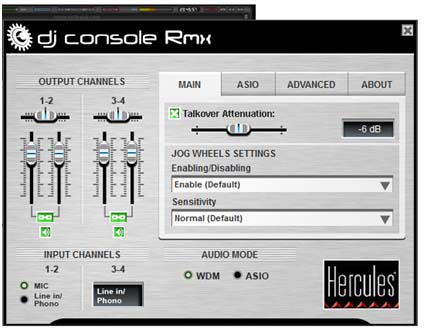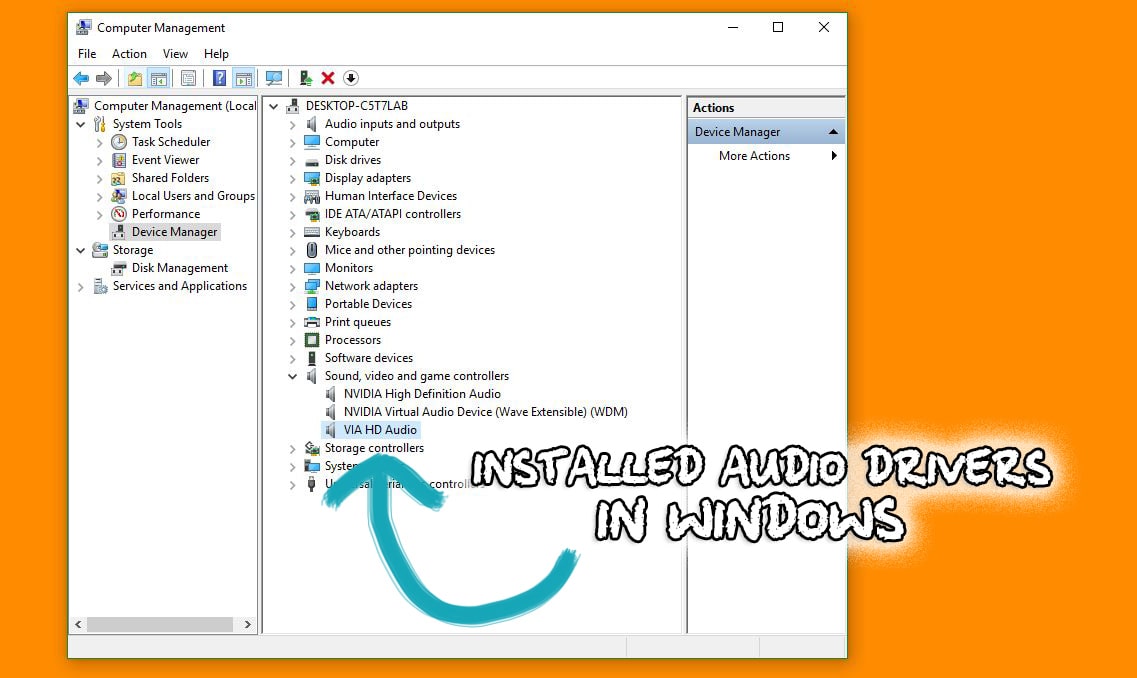Virtual Sound Card A Sound Card Emulator which emulates a sound card in your system and works like a real one. You can use it to record, modify or broadcast all the sound in your system. About Sound Card Drivers: Usually, Windows operating systems apply a generic audio driver that allows computers to recognize the sound card component and make use of its basic functions. When enabled by proper files, the characteristics of the sound card (like model, manufacturer, number of channels) are completely available to computers,.

VMware ESX Server has the following limitations with regards to enabling sound in virtual machines:
- Sound support is limited to Sound Blaster compatible PCM (Pulse Code Modulation) output. This includes the ability to play .wav, .au and Real Audio formats.
- MIDI sound is not supported.
- Game ports/joysticks are not supported.
- Sound does not work well with several games, especially fast, interactive games.
- VMware ESX Server does not support the DirectSound capabilities of DirectX within a virtual machine.
- DirectSound/DirectX is not supported.
The following table describes problems you might encounter with sound in a virtual machine.

Windows Virtual Audio Driver


Problem | Explanation |
Each time I restart my Windows guest operating system, the volume is reset to an unexpected level. | The host and all running guest operating systems share a single volume control for the host machine's sound card. The resulting behavior can sometimes be confusing. For example, if the volume is set in the guest operating system at boot time, this can produce an unexpected change of volume in the host operating system. Each operating system expects that it has exclusive control of the sound hardware. Thus, the volume level displayed in the guest operating system may not reflect reality if the host operating system or another guest operating system changes the volume. Note that applications running on the same operating system (that is, on the host or on a particular guest) know they may be sharing the volume control with other applications and can usually negotiate sound control. For instance, on Linux, try xmixer -poll. |
Sound applications work well at times, poorly at other times. | Sound is sensitive to system load. Shutting down or pausing other applications may help. |
Some applications produce terrible sounds or no sound at all, or abort or behave in other strange ways when trying to use the sound device. | Sound support is experimental. If an application causes problems, do not use it, or use it with sound turned off if possible. |
Sound applications appear to be playing, but no sound is heard at all. | First, make sure that sound works properly on the host operating system. Then check the volume setting in the guest operating system. Also check that a virtual sound device is configured for the virtual machine. |
Sound does not work correctly in a guest operating system when the host machine has a Sound Blaster Live! card. | VMware ESX Server does not support the Sound Blaster Live! card on a Linux host operating system. As of Oct. 8, 1999, Creative Labs' most recent Linux driver (emu10k1-0.3b.tar.gz, released 99/7/13) for the Sound Blaster Live! card does not work according to specifications. At this time, we have not identified a workaround to the problems in the driver. We have contacted Creative Labs to resolve this issue. |
Sound plays erratically. | If you experience this problem, try closing some running applications. Sound may play erratically under heavy system loads. |
Sound works well on all guest operating systems except Windows 2000. | Under some circumstances, Windows 2000 currently suffers some performance degradation. Sound quality is affected by system load and performance. |
Sound does not work under Windows XP or Windows .NET Server. | Windows XP or Windows .NET Serverdoes not automatically detect and install drivers for ISA sound cards, such as the Creative Sound Blaster emulated in a virtual machine. For details on installing the driver for the virtual machine's sound card, see Using Sound in a Windows XP or Windows .NET Server Guest Operating System. |
The sound card removed from a virtual machine still appears connected in VMware Tools. | If you uncheck/remove the sound card from a virtual machine using the drop-down list box, then open VMware Tools inside the guest operating system and check the state of the devices, the sound card still shows as being connected. The sound card is still connected until it is removed via VMware Tools. |
An error message appears that says Error 32 opening output sound device 0. | This error may occur if you have more than one device installed and the first device is not configured properly. One workaround is to change the value of the sound.device entry in the .cfg file for the guest operating system to -1: sound.device = -1 Setting the value to -1 forces VMware ESX Server to automatically select the device that works. Alternatively, you can specify a particular sound device by declaring its value in the .cfg file for the guest operating system. The first sound device is assigned a value of 0; the second, 1; the third, 2; and so on. For example, to specify device 1, use the following command: sound.device = 1 If these suggestions do not resolve the problem, please submit a support request at http://www.vmware.com/requestsupport. |
When powering on a virtual machine, the following message appears: The host sound device is not available. | If you have enabled the virtual machine's sound adapter and your host machine does not have a sound card or a sound driver loaded then this pop-up message is normal. For a virtual machine to be able to play sound, you must first configure your host machine to play sound. Refer to your sound card documentation to install the sound card and its associated software drivers for the host operating system, then play a sample .WAV file to verify sound works on the host. The next time you power on the virtual machine the pop-up message should not appear since the host sound device is now available. |
Sound is choppy. | There is a bug in VMware ESX Server that causes sound to play roughly and with frequent interruptions even under light CPU load. This bug appears intermittently. |
No sound emanates from virtual machine when the host runs Enlightenment Sound Daemon. | If Enlightment Sound Daemon is enabled on the Linux host, the software opens the host machine's sound device by the time X starts. When a virtual machine with sound configured is started on a host with ESD running, VMware ESX Server cannot access the sound device since it is in use. As a workaround, you can start the virtual machine session using the esddsp wrapper (start the session by typing esddsp vmware or esddsp <config_filename>.cfg). The wrapper passes the sound output generated by the virtual machine as an audio stream to the ESD audio server. |
Related topics:

© 2001-2002 VMware, Inc. All rights reserved.